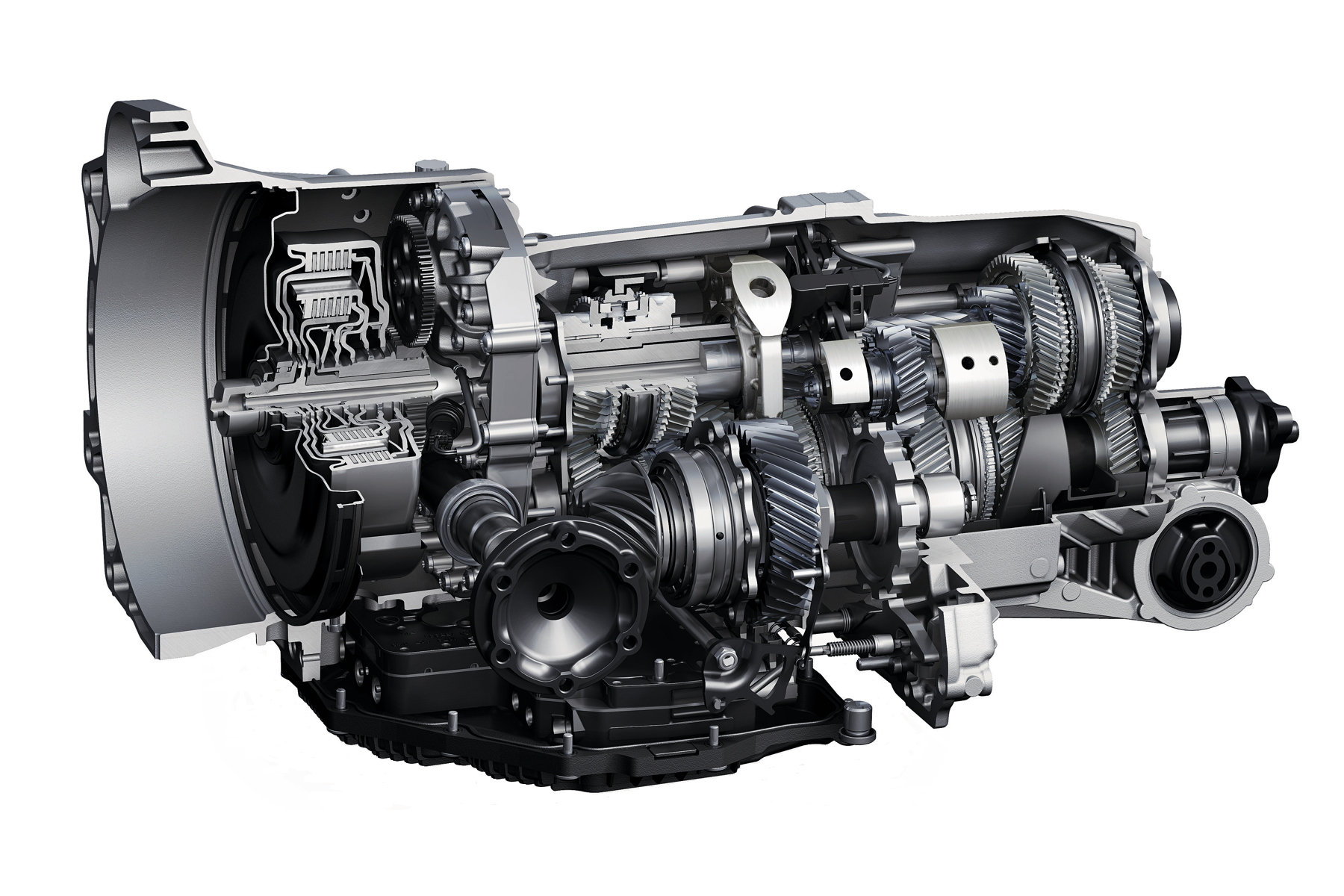Technology explained: PDK gearbox
Starting at the bellhousing end (far left), the PDK gearbox uses two concentrically mounted wet clutches connected to two separate input shafts. The 202mm outer clutch is attached to the solid inner shaft, with the 153mm inner clutch connected to the hollow outer shaft.
This effectively splits the gearbox in two, with the solid inner input shaft used to drive the odd-numbered ratios (centre) and the even-numbered gears connected to the outer shaft (far right).
When accelerating in first gear, the outer clutch is fully engaged, while the electro-hydraulically actuated selector forks preselect second gear in the other half of the gearbox.

When the ECU determines that it is time to shift, an electronic signal is sent to the clutch actuators, disengaging the outer clutch and engaging the inner unit. The same process happens under braking (for example, from fourth gear, where the gearbox would preselect third in readiness for the engagement of the outer clutch).
The ECU measures all of the car’s vital dynamics (including throttle and brake travel, acceleration and deceleration) in order to determine the next suitable gear to select.
In automatic mode, the mode selected (Normal, Sport, Sport Plus) determines how long the PDK gearbox holds onto each gear. A manual override allows the drivers to take control (via buttons or paddles) and determine the gear shifting.

PDK’s ability to shift in less than 100 milliseconds, coupled with the wet clutch system’s small degree of slip, means that normal driving changes are smooth and efficient, reducing CO2 emissions and improving fuel efficiency as well as performance.
To read how the PDK gearbox fared against the Porsche 991’s traditional manual transmission, check out Total 911’s comprehensive road-and-track test from issue 113.

Comments (0)